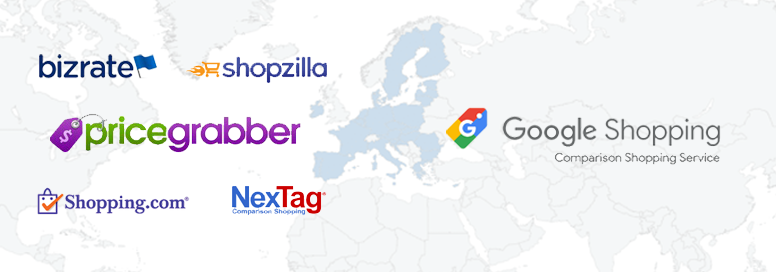
For those of us that were online shopping prior to 2013, sites like PriceGrabber.com, Nextag.com, Shopping.com and ShopZilla.com were a big deal. They were the destination for finding the best price for a product you wanted to buy online.
Digital advertisers would diligently send data feeds to each of these big players, including "Froogle" (which was Google's Free Listings), and manage their unique account logins, bidding, etc.
May 31, 2012 Google announced a game changer called Product Listing Ads. Traffic quickly shifted away from the traditional CSE's and towards Google. Ad budget quickly followed.
What came next?
This shift sparked complaints from traditional CSE's prompting the European Commission to open an antitrust investigation. This eventually resulted in Google being fined over 2.4 billion Euros in 2017 and made to correct the situation or face large daily penalties.
Google's attempt to quickly course correct resulted in the Comparison Shopping Services (CSS) partner program. This program still only exists for Europe today and adds yet another layer of complexity to the already fast-moving digital advertising landscape.
Some highlights on CSS:
- Retailers decide if they want to leverage this or just stick strictly with the 'norm' Google Shopping Campaigns
- Advantages to using CSS partners include 20% ad media discount and also things like management of campaigns/bidding/performance, etc.
- CSS Partners basically manage Google campaigns on behalf of retailers. Their name will show in the product ads but a click will still take users back to the retailer's website.
- CSS Partners will pay discounted media rate directly to Google and determine how to bill retailers (surcharge of CPC, rev share, flat fee, etc.)
- CSS Partner ads show alongside Google ads but will not show duplicate products from the same retailer for both CSS and Google, although it may show products from the same brand.
Summary
The CSS program doesn't appear to be really that successful and a bit complicated, but with the 20% cost savings, a lot of people - including ad agencies - are trying to figure out how to take advantage and cash-in.
For the UK alone, more than half of the shopping ads showing today are still coming directly from Google (which by the way is considered it's own CSS). The remaining 47% of ads coming from CSS's were recently found not to be coming from the traditional CSEs that started this spiral of events in the first place. Most are marketing agencies that are able to publicly showcase what clients they work on and take credit for the ads they place with their names now showing up in the product ads.